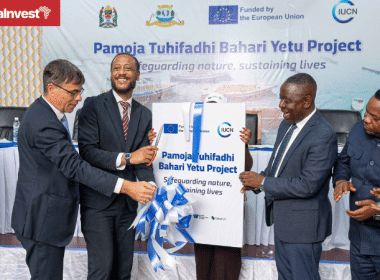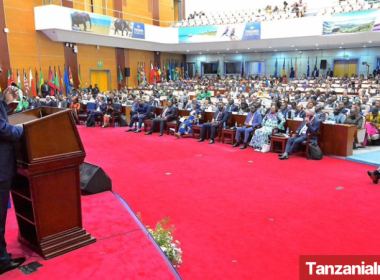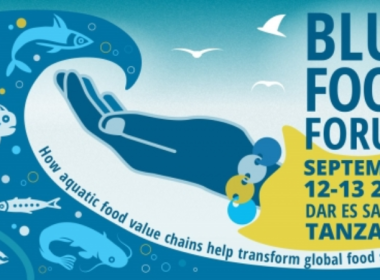Aquaculture
Tanzania Aquaculture
Aquaculture in Tanzania is dominated by freshwater fish farming in which small-scale farmers practice both extensive and semi-intensive fish farming.
Small fish ponds of an average size of 10 m x 15 m (150 m2) are integrated with other agricultural activities such as gardening and animal and bird production on small pieces of land.
Tanzania is currently estimated to have a total of 14 100 freshwater fishponds scattered across the mainland.
In addition, there is a large rainbow trout farm with an area of 25 m x 25 m situated in Arusha.
The distribution of fishponds in the country is determined by several factors such as availability of water, suitable land for fish farming, awareness and motivation within the community on the economic potential in fish farming.
The Food and Agriculture Organization (FAO) of the United Nations indicates that although very profitable internationally, shrimp farming is still in the experimental phase in Tanzania.
FAO notes: “Shrimp farming has the potential to be a profitable activity in The United Republic of Tanzania but there are widespread concerns about its potential environmental and socio-economic impacts based on observation of the global industry.”
In recent years seaweed farming has become popular in some coastal areas as a means of income generation.
Seaweed cultivation has rapidly emerged as one of the major cash crops in Tanga and Zanzibar, producing enough income to cover household costs.
The Fisheries Annual Statistics Report – 2013 published in May 2014 by the Ministry of Agriculture, Livestock and Fisheries shows that fish production reached 367,854 metric tons in 2013, increasing only by 4.7% or 16,729 metric tons in the decade 2003-2013.
Lake Victoria Aquaculture
Lake Victoria is Africa’s largest freshwater fishery. It is shared between Uganda (43%), Kenya (6%) and Tanzania (51%).
The Lake Victoria Nile Perch (NP) fishery is a significant contributor to the social and economic development of the above-mentioned, the FMP indicates.
The catch of NP in Lake Victoria has averaged 250,000t per annum in the last 20 years.
During the last 5 years, the value of the exports of NP products from Lake Victoria varied between USD250m and USD310m per annum.
In 2008 the main market was the EU (taking about 60 to 80% of the total product). Other markets include Japan, Israel and the Middle East.
According to the latest available data, in 2012 Tanzania had the largest number of fishery units targeting NP.
The total number of Tanzania’s units amounted to 16,638 (44%), followed by Uganda with 15,270 (41%) and Kenya with 5,676 (15%).













